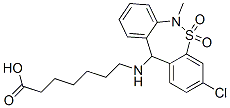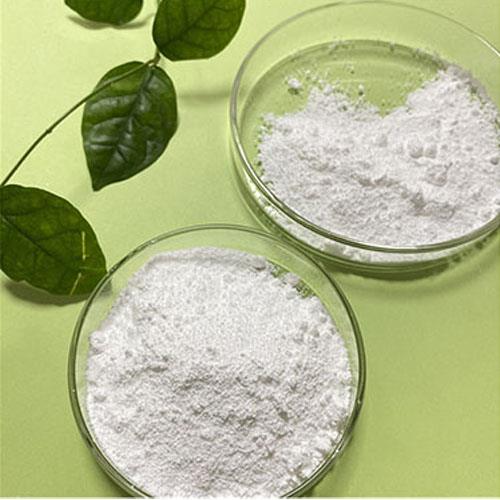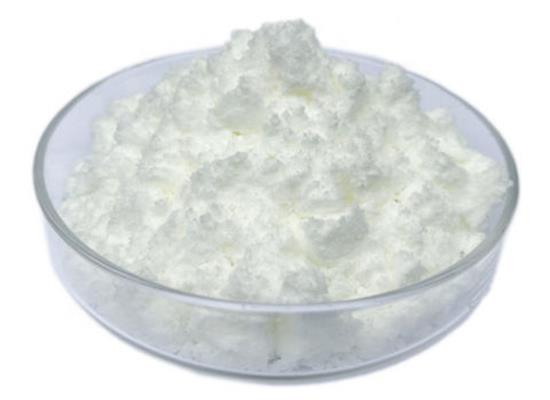Tianeptine: A Comprehensive Overview
![Article illustration]() Introduction
Introduction
Tianeptine is a tricyclic antidepressant that has been approved in a number of European, Asian and Latin American countries for the treatment of multiple depressive disorders, particularly in patients who are intolerant or unresponsive to other treatment options for depression. It increases levels of chemical messengers in the brain that help regulate mood and treat depression. However, it is not approved by the U.S. FDA.
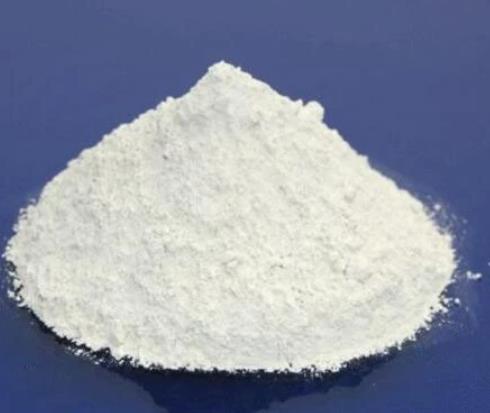
Figure 1 Characteristics of Tianeptine
Applications
Tianeptine is an antidepressant that acts by increasing the reuptake of serotonin in the central nervous system, resulting in a decrease in serotonin activity and the number of serotonergic synapses.Tianeptine is also a full μ-opioid agonist, which produces a feeling of euphoria and is used as an over-the-counter supplement. In addition, it is used to treat anxiety disorders and irritable bowel syndrome.Tianeptine may be referred to as ‘gas station heroin’. In some places, it is labelled as a dietary supplement for cognitive enhancement and mood stabilisation. It may also help relieve pain, reduce appetite and improve sexual performance.
Side effects and withdrawal symptoms
Tianeptine taken in small doses can provide relief from symptoms such as anxiety, depression and irritable bowel syndrome. However, when taken in higher doses, it can cause feelings of euphoria or euphoria, which can be serious enough to lead to a risk of death. In addition, it has a short half-life, which can lead to rapid withdrawal, increasing the potential for addiction and abuse. Common side effects include drowsiness, headache, dizziness, muscle pain, insomnia (difficulty sleeping), decreased appetite, tachycardia, and weakness. They may experience immediate withdrawal symptoms once they stop taking Tianeptine. The symptoms of their withdrawal are similar to those of opioid withdrawal and may include: anxiety, chills and shakes, depression, muscle pain and sweating.
References:
[1] SIEGFRIED KASPER B S M. Neurobiological and clinical effects of the antidepressant tianeptine.[J]. CNS drugs, 2008, 22 1. DOI:10.2165/00023210-200822010-00002.Related articles And Qustion
See also
Lastest Price from Tianeptine manufacturers
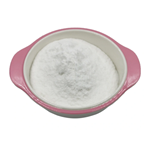
US $1.50-0.60/g2025-10-31
- CAS:
- 66981-73-5
- Min. Order:
- 10g
- Purity:
- 99%
- Supply Ability:
- 600tons

US $1.00/kg2025-07-02
- CAS:
- 66981-73-5
- Min. Order:
- 1kg
- Purity:
- 99%
- Supply Ability:
- 10000
